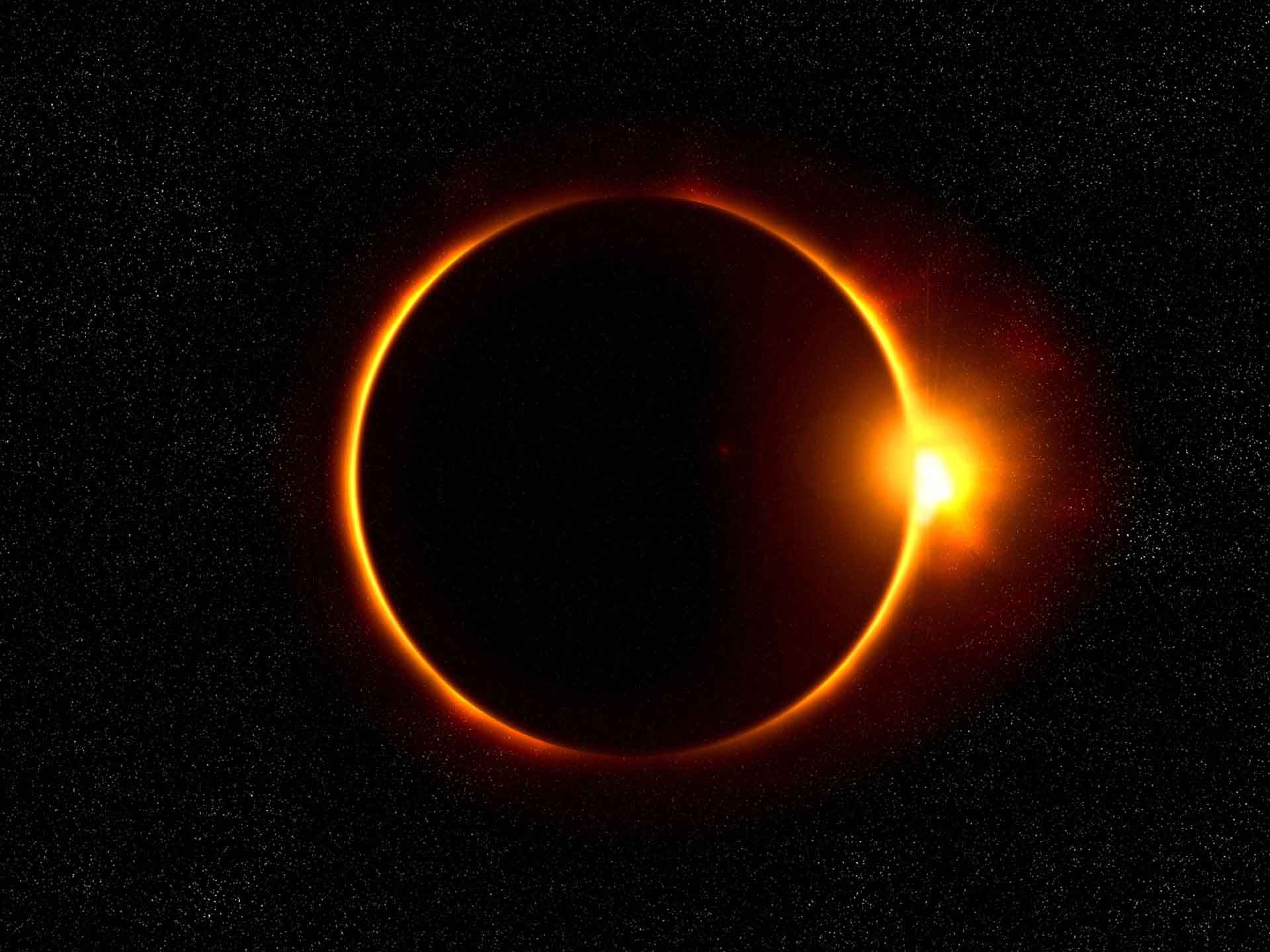A Solar Eclipse and the Effects on Eye Health: What You Need to Know
A solar eclipse is a breathtaking celestial event that captures the attention of millions worldwide. However, observing this phenomenon without proper precautions can have serious consequences for your eye health. Understanding the risks and taking the right steps to protect your vision is essential to safely enjoy a solar eclipse.
What is a Solar Eclipse?
A solar eclipse occurs when the Moon passes between the Earth and the Sun, temporarily blocking the Sun’s light. There are three types of solar eclipses:
- Total Solar Eclipse: The Moon completely covers the Sun, creating a brief period of darkness.
- Partial Solar Eclipse: The Moon partially obscures the Sun.
- Annular Solar Eclipse: The Moon covers the Sun’s center, leaving a “ring of fire” visible.
While these events are awe-inspiring, looking directly at the Sun during an eclipse can cause permanent eye damage.
How a Solar Eclipse Affects Eye Health
1. Solar Retinopathy
Staring at the Sun, even during an eclipse, can lead to solar retinopathy, a condition where the Sun’s intense light damages the retina—the light-sensitive tissue at the back of the eye. Symptoms include:
- Blurred vision
- A blind spot in the center of your vision
- Distorted or altered color perception
This damage is often painless and may not be immediately noticeable, but it can be permanent.
2. Ultraviolet (UV) Radiation
The Sun emits harmful UV rays that can burn the cornea (photokeratitis) and damage the lens and retina. Even during an eclipse, when the Sun appears dimmer, its UV rays remain strong enough to harm your eyes.
3. Misconceptions About Safety
Many people mistakenly believe it’s safe to look at the Sun during an eclipse because it’s partially covered. However, even a small sliver of the Sun’s surface can emit enough light to cause eye damage.
How to Safely View a Solar Eclipse
Protecting your eyes during a solar eclipse is simple if you follow these guidelines:
1. Use Eclipse Glasses
Regular sunglasses are not sufficient for viewing a solar eclipse. Instead, use ISO-certified eclipse glasses that meet the international safety standard (ISO 12312-2). These glasses block harmful UV and infrared rays, allowing you to view the eclipse safely.
2. Pinhole Projectors
A pinhole projector is a safe, indirect way to view the eclipse. By projecting the Sun’s image onto a surface, you can observe the event without looking directly at the Sun.
3. Telescopes and Binoculars with Solar Filters
If you’re using optical devices, ensure they are equipped with proper solar filters. Never look through a telescope or binoculars at the Sun without these filters, as they can magnify the Sun’s rays and cause instant eye damage.
4. Avoid Unverified Methods
Do not use homemade filters, smoked glass, or exposed film to view the eclipse. These methods do not provide adequate protection and can put your eyes at risk.
What to Do If You Experience Eye Damage
If you accidentally look at the Sun and notice symptoms like blurred vision, blind spots, or eye pain, seek medical attention immediately. While there is no specific treatment for solar retinopathy, an eye care professional can assess the damage and recommend ways to manage symptoms.
A solar eclipse is a remarkable natural event, but it’s crucial to prioritize eye safety when observing it. By using proper protective gear like ISO-certified eclipse glasses or indirect viewing methods, you can enjoy the spectacle without risking your vision. Remember, your eyes are irreplaceable—take the necessary precautions to protect them during this awe-inspiring phenomenon. Stay safe, stay informed, and enjoy the wonders of the universe responsibly!
